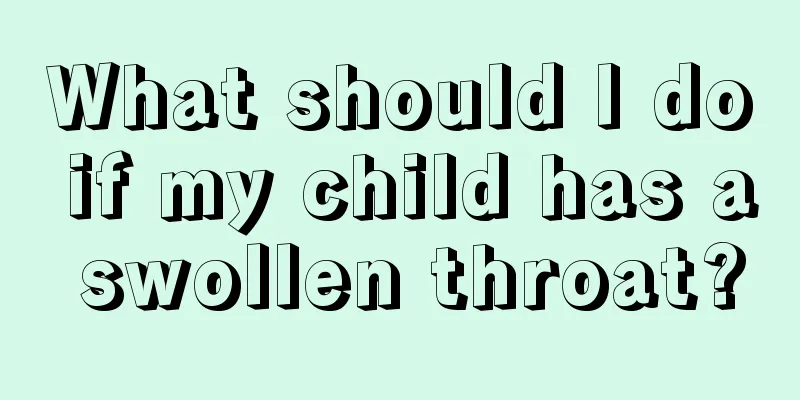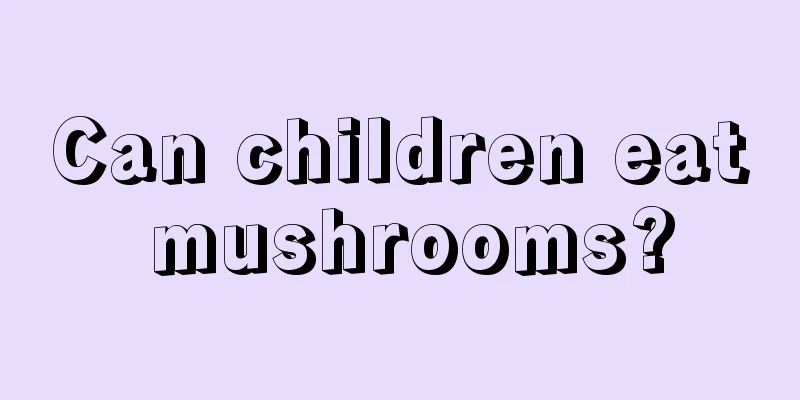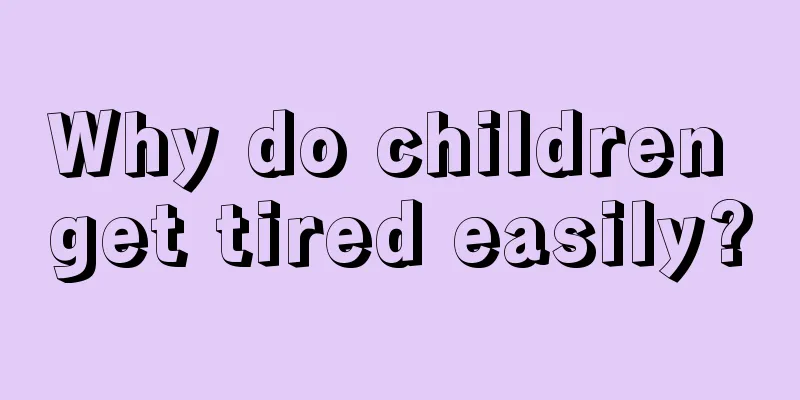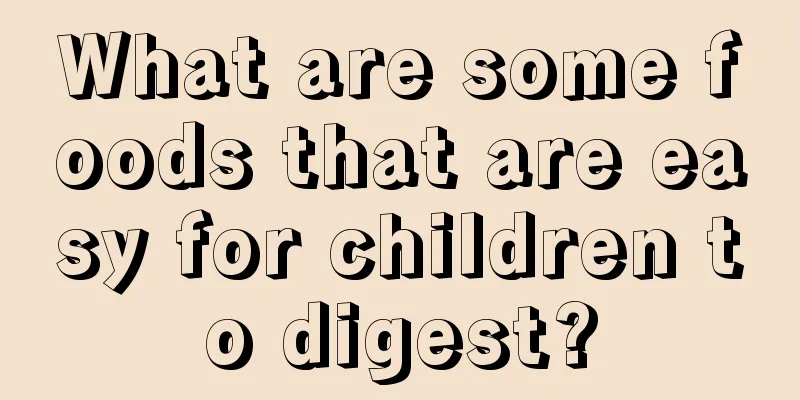What should I do if my baby is infected with Mycoplasma pneumoniae?

|
Some babies suffer from serious lung diseases. Once there is a problem with our lungs, it is easy to cause dangerous situations for the patients, especially some babies' bodies are very fragile. Therefore, babies suffering from pneumonia need to pay attention to timely treatment. So what should we do if babies are infected with Mycoplasma pneumoniae? Let me introduce this issue to you below. Pneumonia in children has certain age characteristics. Usually infants are susceptible to bronchopneumonia and bronchiolitis caused by bacterial or viral infections, while school-age children have enhanced resistance and the ability to limit the lesions, so they mainly suffer from lobar pneumonia and mycoplasma pneumonia. Staphylococcal pneumonia Although staphylococcal pneumonia is fierce, some cases are not serious. Some have a slow course and sometimes develop chronic pneumonia or chronic lung abscesses. Clinical symptoms are similar to those of pneumococcal pneumonia (see above). Staphylococcal pneumonia is characterized by recurrent chills, tissue necrosis with abscess formation and lung cysts (mostly seen in infants and young children); the disease is acute and there is obvious exhaustion. It can be cured. The disease is mainly treated with drugs, and Chinese medicine can be used to consolidate the condition after recovery and can be cured. The diet of pneumonia patients is very important for pneumonia patients. In daily life, the diet should be light and nutritious, supplemented with sufficient high-quality protein, vitamins, and trace elements, and eat more foods that nourish yin and moisten the lungs. 1. What is mycoplasma infection? Mycoplasma pneumoniae is a tiny pathogen that is between bacteria and viruses and has some bacterial characteristics. It can be pathogenic to the human body all year round, but is more common in autumn and winter, with an epidemic occurring every 3-4 years. The incidence rate has increased significantly in the past two years, not only in children over 5 years old, but also in infants and young children. Yin Xu, Department of Pediatrics, The Second Affiliated Hospital of Hunan University of Chinese Medicine 2. Main manifestations of infection Continuous (usually more than one week) severe cough (usually dry cough worse at night), with or without fever (usually low fever), long cough, cephalosporin antibiotics are ineffective 2. Commonly used treatment drugs and courses of treatment Commonly used Western medicines are azithromycin and erythromycin. Both drugs belong to the class of macrolide drugs and often have gastrointestinal side effects, such as nausea, vomiting, abdominal pain, etc. Generally treated by intravenous drip or oral administration. The course of treatment usually takes one month. The above is my opinion on this issue. If the child has the above-mentioned diseases, the child should pay attention to consult a doctor in time for corresponding examinations and treatments to ensure the health of the body and avoid dangerous situations caused by the above-mentioned pneumonia problems. Finally, I wish the child a speedy recovery. |
<<: What causes abdominal bloating in babies?
>>: How old can babies get pneumonia vaccines?
Recommend
What is the remedy for baby's nasal congestion and runny nose?
Adults feel very uncomfortable when their noses a...
What are the benefits of swimming for primary school students?
Swimming is not very unfamiliar to modern people....
White spots on newborn's head
I believe that most parents will find that their ...
Symptoms of food indigestion cough
Indigestion cough refers to the situation where t...
What to do if your child dozes off in class
Children don’t like to go to class. Many of them ...
What to do if your child has a fever at night
The growth of a child always concerns the parents...
What should we do if young children have acute pneumonia?
I'm sure everyone has heard of pneumonia, esp...
Prevention and care of bloating in infants
Young children's bodies have relatively poor ...
Which cough medicine is the best for babies?
Babies are prone to coughing. In fact, coughing i...
Causes of leg pain in children
Many parents are very concerned about their child...
Which calcium supplement is good for two-year-old children?
When children are two or three years old, their b...
There are white spots in the mouth and red spots on the feet. What disease is it?
The most common cause of white spots in the mouth...
Is it ok for a two year old baby to eat breast milk?
It is not good for a two-year-old baby to eat bre...
What happens when a child vomits acid?
Careful parents may find that their children vomi...
What to do if your two-month-old baby is retching
Babies are gifts from God that have been branded ...









